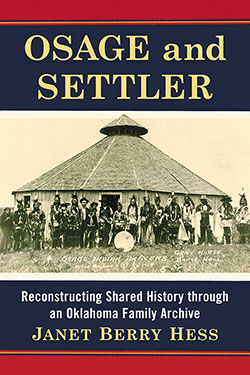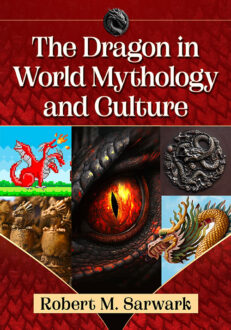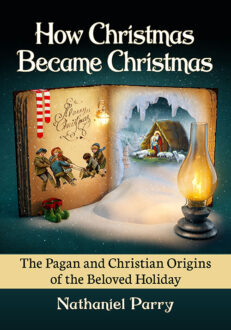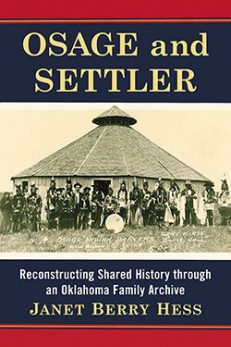Osage and Settler
Reconstructing Shared History through an Oklahoma Family Archive
$29.95
In stock
About the Book
Drawing on a rare family archive and archival material from the Osage Nation, this book documents a unique relationship among white settlers, the Osage and African Americans in Oklahoma. The history of white settlement and colonization is often discussed in the context of the cultural erasure of, and violence perpetuated against, American Indians and enslaved blacks. Conversely, histories of American Indian nations often end with colonial conquest, and exclude the experiences of white settlers. The author’s anthropological approach examines the lived experience of individuals—including her own family members—and their nuanced and intersecting relationships as they negotiate cultural and geographic landscapes of oppression and technological change. The art, architecture, body ornamentation, sacred objects, ceremonies and performances accompanying this transformation are all addressed.
About the Author(s)
Bibliographic Details
Janet Berry Hess
Format: softcover (6 x 9)
Pages: 232
Bibliographic Info: 59 photos and illustrations, appendix, notes, bibliography, index
Copyright Date: 2015
pISBN: 978-0-7864-9582-5
eISBN: 978-1-4766-2117-3
Imprint: McFarland
Table of Contents
Table of Contents
Preface 1
Introduction 3
1. Osage Culture and European Arrival: Culture, Trade and Imperialism 11
2. Embodied Anthropology: Settlers, Osage and African Americans 26
3. The Settler, the Trader and the Cowboy 39
4. Architecture: The Church of Immaculate Conception and the One–Room School 55
5. The “Invisible World”: Wa–kon-da, Body Ornamentation and the Sacred Bundle 76
6. Turning the Century: The Land Run and the “Civilization” of the Osage 93
7. “Even poor varieties may be made sweet”: Women’s Labor and Constructions of Femininity 108
8. Family and Osage Extravagence and the Oil Boom 127
9. The “Empire of Vision”: Exhibition, Photography and Pawnee Bill 139
10. “The View from Persimmon Hill”: My Daddy, My Mama and Federal Policy in the 1950s 153
11. “The most beautiful blazing blue sky and emerald green fields”: Memory and the Sense of Place 179
Conclusion 188
Appendix: Ross Hess’s Writings 191
Chapter Notes 199
Bibliography 214
Index 219
Book Reviews & Awards
“a scholarly examination of the history and relationship between white settlers, African-Americans, and the Osage of Oklahoma…highly recommended”—Midwest Book Review.





